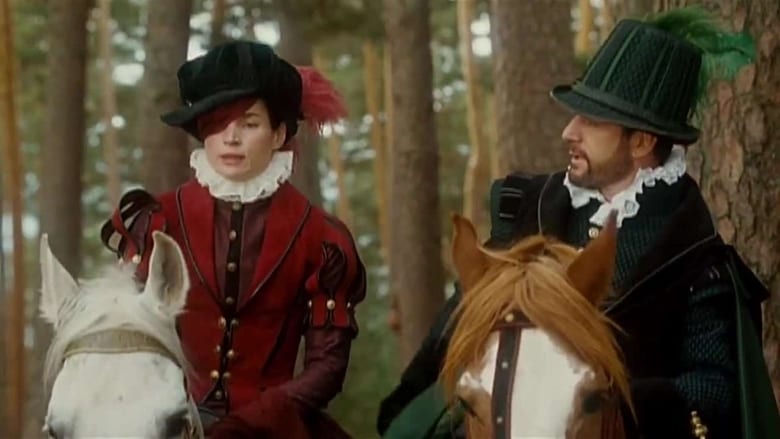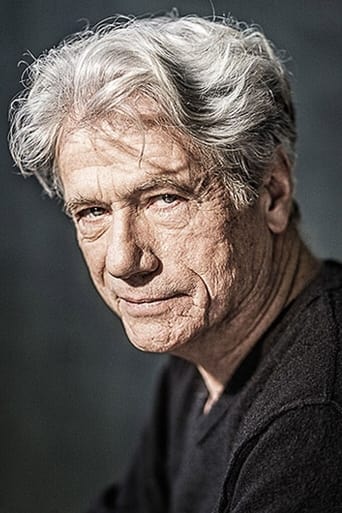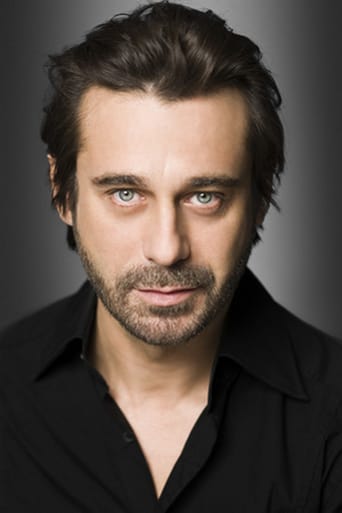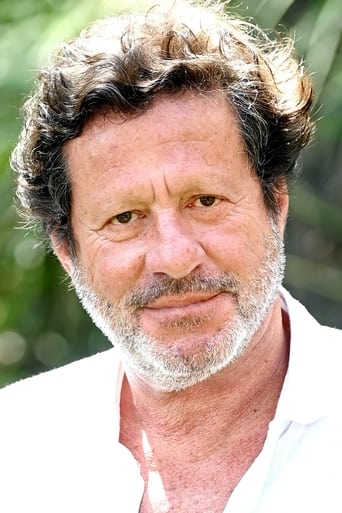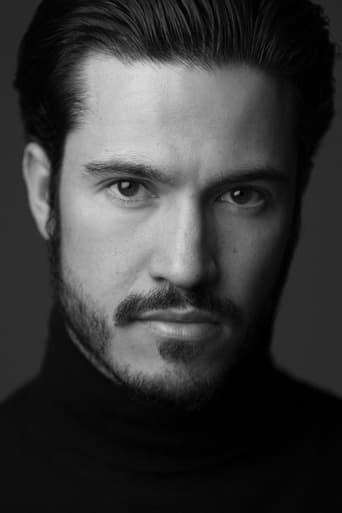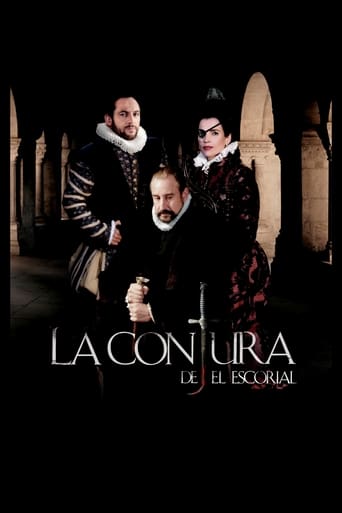
16th century ruler King Philip II of Spain maneuvers within a court of deceit and betrayal
Similar titles
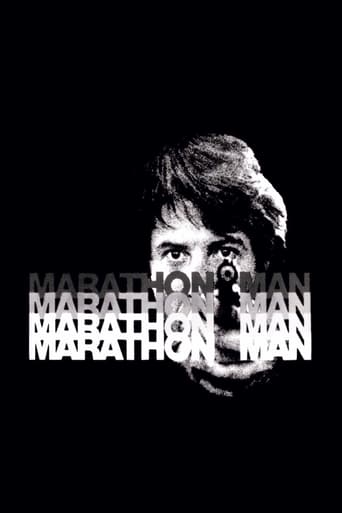
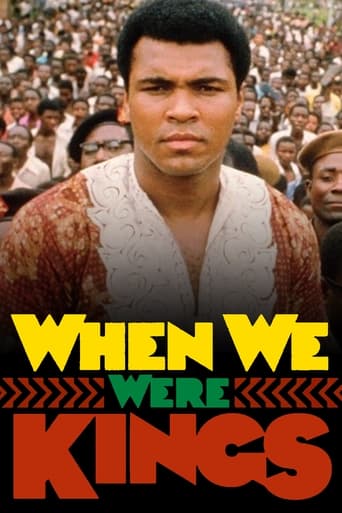
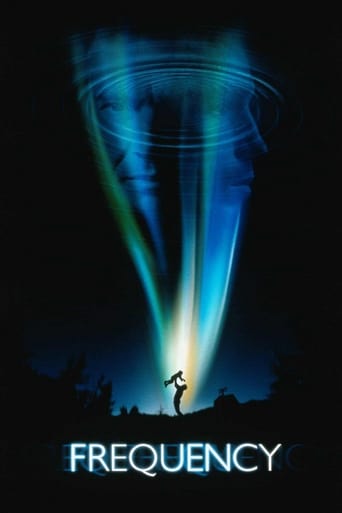
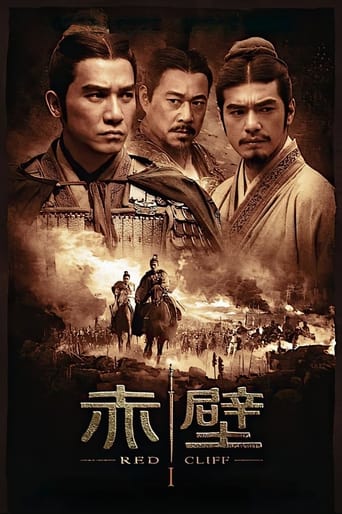

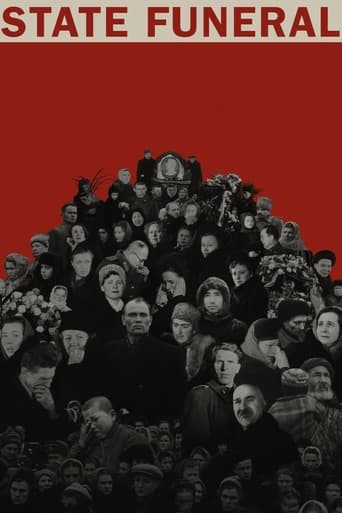
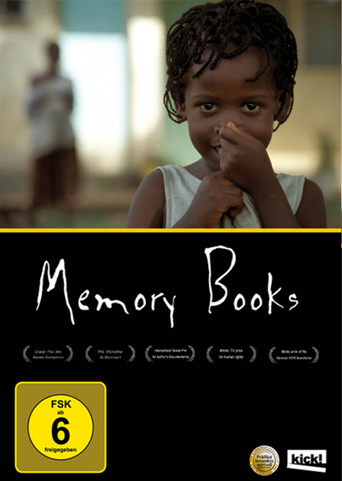


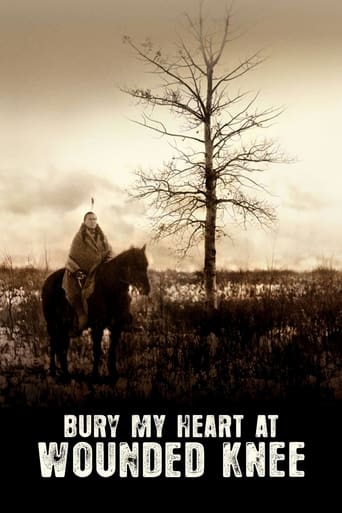
Reviews
Good , But It Is Overrated By Some
There's no way I can possibly love it entirely but I just think its ridiculously bad, but enjoyable at the same time.
Like the great film, it's made with a great deal of visible affection both in front of and behind the camera.
It’s fine. It's literally the definition of a fine movie. You’ve seen it before, you know every beat and outcome before the characters even do. Only question is how much escapism you’re looking for.
Almost every historical movie is mostly movie and very little history. The fault of La conjura de El Escorial is that for once it might be too much history. The action takes place in the court of Spain's King Philip ll. The year is 1578 and the crisis is about the war against the rebels, Protestant supporters of William of Orange in the Netherlands. There are two views at the court. The aging Duke of Alba, a blunt military man, would go to all out war, and the young and progressive Prime Minister, Antonio Perez, (Jason Isaacs)objects to the expense of the war and argues for a negotiated settlement. The Spanish regent in the Netherlands was Don Juan of Austria, the hero of Lepanto and bastard of Charles V and Philips' half brother. Philip is worried that Don Juan might be too ambitious so Perez sends Juan de Escobedo (Joaquim de Almeida) to be Don Juan's secretary. Sort of a plant but Escobedo turned and became Don Juan's man. This is all about Escobedo. He returns to Madrid and becomes aware that Perez has been treacherous, maybe even treasonous, manipulating the situation to his own advantage, sowing doubt in the king's mind against Don Juan. Perez's lover/coconspirator is the Princess of Eboli, (Julia Ormond) complete with eyepatch. Escobedo comes into possession of papers proving their disloyalty and they plot his murder. After poisoning fails they have him set upon in the streets and murdered on Easter Monday 1578. The rest of the film is rather like Costa-Gavris' Z, as the plot is uncovered as a 16th century police procedural.Though it's a Spanish film, I saw the film dubbed into English with Spanish subtitles and the voices were so similar and the men period properly bearded that it took a couple of minutes to distinguish the protagonists. The film is just straight ahead history. There is sub plot of a doomed love between a constable (Jurgen Porchnow) and a poor morisco girl (Blanca Jara). Escobedo was poisoned three times but in the film there is only one attempt. Just necessary concision. There is a rather desultory sword fight, routine stuff. Other than that one could write a tolerable term paper from having seen the film.It could be interesting if you're interested in history. However there are no good looking ex- models in their 20s with great cheekbones, David Bowie on the soundtrack, 'splosions , Perseus not marring Andromeda and other anachronisms, so it will not, as they say, find its audience. TORA TORA TORA the story of Pearl Harbor told from both points of view and tirelessly researched and recreated was, sorry, a bomb at the box office. The sequel MIDWAY, which made use of a lot of left over material and was full of soap opera conventions watered down and sentimentalized history, made money at the box office. Several years ago I saw a Czech film from the socialist period about the Munich crisis of 1938. It was an education but, again, not something the general public could be interested in. However I am now fully conversant with the minutia of the period. This role, the historical film, the accurate historical film, has been supplanted by the widespread contemporary technique in documentaries of recreation. Documentaries now have cast lists, props and costumes.Once upon a time, in fact from the very beginning of the feature film, the historical costume picture was a staple of the film industry. These were basically fiction films like say The Three Musqueteers. It is a rarity today, the challenge being to contemporize everything for a young audience, but in truth, an historical film which was both excitingly cinematic and accurate is a promise which the cinema has left unachieved except in rare instances like THE PIANIST. British war movies of the 50s and 60s tended to be non sensational and accurate. But that's what they call the living past. The remote past is anybody's game. GLORIOUS BASTERDS played as fast and loose with recent history as a gladiator or crusades picture do without drawing attention to themselves. We know how WW2 turned out but how many know how the 3rd Crusade ended? The pity is that film is the perfect medium to recreate history and history is itself more exciting than the dull assemblies of clichés and standardized stories which attempt to pander to a narrow minded audience.King Philip is the king because we are told he is. His behavior does not categorize him as cruel, generous, greedy, brave or any other comfortable stereotype. People tend to want to easily pigeonhole characters to facilitate involvement in the story. A rooting element its called, usually based on prejudice and preconceived ideas. A drama containing Richard The Lion Heart and Philip Augustus of France will play to the audiences notion of Richard as a hale fellow, honest, fair, magnanimous, open and brave while Philip is sly, untrustworthy, cowardly etc. Find a jolly, open faced actor for Richard and a mean, narrow faced one for Philip. Let the audience figure it out from there. In this picture Philip ll is merely a man, a clever and experienced one at that, but merely a man. He is capable of errors but he doesn't go around in a perpetual temper tantrum as movie kings so often do.The version I saw was 128 min. but there is a 150 minute version too. I think they cut out some courtroom action as well a fuller explanation of Perez' and Eboli's motivation for their plot.Unfortunately, while the story of La conjura de El Escorial is faultlessly presented, it is nothing that would interest a contemporary audience in the first place. Even tarted up it would be like colorizing an old movie no one is really interested in anyway. For the history student only lightly familiar with the period and events, its an education.
This costumer movie is partially based on historical events . It's developed in the court of Felipe II (Juanjo Puigcorbe) , the Prudent King , also called the Noon demon . The situation of Low Countries ruled under Juan of Austria , his illegitimate brother is extremely dangerous . The protestant rebellion and the harassing by William of Orange make Flandes an uncomfortable place . Duke of Alba (Fabio Testi) regaining the king favour attempts to force measures over the rebels . Meanwhile , Ana of Mendoza (Julia Ormond) married one of Philip's minister , bore sons , and soon became a widow Duchess of Pastrana and princess of Eboli . She wears a patch over her right eye and is an ambitious woman with selfish aims . Antonio Perez (Jason Isaacs) is the first secretary to the Crown . Ana of Mendoza and Antonio soon become lovers and create a scandal in court , always the scenario of perpetual intrigue . Escobedo , John of Austria's personal secretary (Joaquim De Almeida) is sent to ask for liberation of Mary of Scotland and help to stifle revolts . He comes from Flandes to Madrid, but he aware passionate romance between Antonio Perez and Ana Mendoza . Then , a deadly conflict takes place ..This is a lavish but slowly-paced costumer that has Julia Ormond wearing a black eye-patch as the one-eyed Ana of Mendoza whose gorgeous beauty is difficult to resist . Ormond is marvelously photographed throughout but the role , as written , and she gives her little opportunity to really shine , though being wasted . Jason Isaacs gives a convincing character as astute and mean Antonio of Mendoza . Jordi Molla plays with enormous distinction as Mateo Vazquez , the incorruptible priest . Personality and charisma of Juanjo Puigcorbe's portrayal as one of the most remarkable European kings that ever reigned . The rest of the supporting cast is average , as Blanca Jara as Morisca Desirea and Jurgen Prochnow as Espinosa , but neither the love story , nor the characters have much interest with the result which this duo doesn't work either as romantic couple . Extraordinary costume design by Javier Artiñano , accompanied by colorful , though some misty , cinematography by Carlos Suarez . Luxurious sets make excellent use of real locations in Spain and has a look of a great production . The motion picture was professionally directed by Antonio Del Real .In 1955 was filmed by Terence Young an inferior version about these historic deeds titled 'That lady' starred by Olivia De Havilland in the role of Julia Ormond ; Gilbert Roland , role of Jason Isaacs ; Dennis Price, similarly to Jordi Molla character and Paul Scofield , role of Juanjo Puigcorbe , among others. And recently a TV series starred by Belen Rueda as Princesa de Éboli , Hugo Silva as Antonio Pérez and Eduard Fernández as Felipe II .
I usually wait some time after a movie is released to watch it. I prefer to avoid the crowds and rely on some friend's advice. Still, I am not always consistent with this and, sometimes, movies like this one painfully bring me back to the right path."La conjura de El Escorial" could have been excellent. Excellent as most of its actors (a very experienced, international cast) or its historical recreation (location spots, costumes ). And yet A good movie needs a good script. When the script is bad, and this one is awful (or, to say the least, very uneven), all hope is lost. The narrative is hesitant; there are several unneeded, distracting (and even positively disgusting) scenes; the entire love-story subplot (of course there is one!) is hard to believe, simplistic and boring The movie's changing pace is made worse by the editing: for instance, a fadeout between two scenes with some 20 seconds between them and involving the same characters. I also suspect the poor editing is to blame for not understanding how and why a number of scenes take place, the character's reasons for a change of mind, and son on. Quite true, some takes are brilliantly shot; but others are simply laughable (NOT funny). Take the fights for instance. I was wondering why they forgot to play the theme tune of Benny hill's show. Bud Spencer or Terrence Hill could have signed it- but we're talking of a 16th century sword fight Poor action scenes, bad editing, mostly static dialogs: technically speaking, this is more of a play than a movie.All things considered, I believe Antonio del Real (director and scriptwriter here) is much to blame for this waste of my time and money. The movie is worth watching, perhaps, if you like costumes or have a historical interest in 16th century life in Spain. Also, it is probably one of the best renditions of Phillip 2nd of Spain (a very interesting king), much unlike most productions. But if you like movies, please, forget this one.
The 'conjuration' in the title refers to a real event: the political assassination in Madrid of a high-ranking official in the Spanish court in 1578. A plaque marks the spot today in the exact corner of the street where it happened.The script begins with the scene of the murder and then takes us back to recount the events leading up to it. There are many characters involved, and although at the beginning it is not clear why we are being introduced to so many, eventually they all find a reason for being there, from a priest who ends up a the centre of the investigation, to a young 'morisca', a half-Moorish girl who is plucked from the streets to serve in a rich house.The film is not very imaginatively shot and some of the expository dialogue is quite clumsy: some actors seem to be there just to summarise in words what the atmosphere at the time was, which is always a pitfall in historical films. Many actors means many lines of dialogue and this film -not short, about two hours and a quarter long- is full of conversations, often stilted and stagy. There's a lot of standing upright with broody brows with the purpose of looking imposing and serious, in bunches around the king or other important characters. It is not a slow film, however, but it's not a swashbuckler either. In fact, the one time when we are given a good old sword-fight, it goes so lamely clichéd, with stalls of fruit and ceramic bowls being turned upside down in a street market and a couple of unrealistic fight moves, that it feels utterly wrong.In its favour, the costumes are great and many scenes are shot at El Escorial itself, the palace-cum-monastery where king Phillip II pored over the business of governing the world's leading superpower. Some of the actors are quite good in their roles, and this despite a cast mixing Spanish and foreign stars. I would single out for praise Julia Ormond, who looks not a day younger than her 43 years old. With her ageing beauty, she brings alive one of the most fascinating characters of her time, the eyepatch-wearing princess of Eboli. Joaquim de Almeida is also very good as the vigorous secretary Juan de Escobedo, acting his scenes with much-needed energy. It is a pity, though, that the role of Jason Isaacs, Antonio Pérez, fizzles out somewhat towards the end, when he should be one of the most memorable characters, according to the real story. Juanjo Puigcorbé plays a more ironic and even affable Phillip than the sombre and adust quasi-monk we have seen in other portrayals. And I personally took a liking to Jürgen Prochnow's character, a local 'alguacil' (sheriff) who becomes involved in the matter both through his job and his private life.The question at the heart of the film is: did King Phillip II order the dismissal of one of his own officials? This has been much debated by historians, and the evidence is not conclusive. It may have been in his favour because of political rivalries, but the public backlash would have been uncomfortable (as it in fact was), even for a monarch as self-assured and with so great a grip on power as he happened to be. This matter is one of the central charges against him laid out by the so-called 'Leyenda negra' (Black legend), with which other European rulers and political enemies sought to discredit him in public, in particular in the Netherlands and Britain. Whether the film takes a stance on it or not, you will have to see it.
Top Streaming Movies











